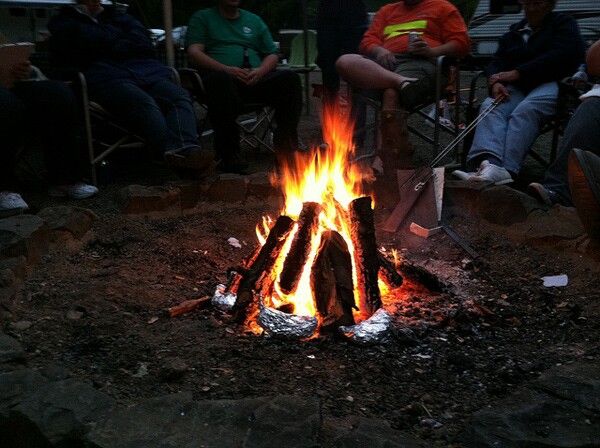Building the Perfect Campfire According to the Law of Physics

One of the greatest pleasures of being in the woods and under the stars is sitting next to a warm, crackling fire in your campsite. Maybe you learned how to build a fire in your scout days with sap and sticks, or your parents taught you the finer points of starting a fire with rolled-up newspaper... but no matter how it began, it often ended up, instinctively, as a pyramid of roaring flames. We likely never knew the laws of physics when building these fires, yet we made them all the same way.
And now we know why, thanks to a study from Adrian Bejan, an engineering professor at Duke University.
Bejan penned the theory of Constructal Law in 1996, which explored the changes in thermodynamics and how flow systems survived and evolved.
"For a finite-size flow system to persist in time (to survive), its configuration must evolve (morph) in time in such a way that it provides easier flow access," wrote Bejan, who applied the theory to how fires burned. He concluded that the hottest pile of burning fuel occurs when the height of the pile is roughly the same as its base diameter. Air invades the pile by convection and drives the combustion, simple as that.

According to Bejan, "Our bonfires are shaped as cones and pyramids, as tall as they are wide at the base. They look the same in all sizes, from the firewood in the chimney, to the tree logs and wooden benches in the center of the university campus after the big game. [...] Humans from all eras have been relying on this design. The reason is that this shape is the most efficient for air and heat flow."
Even if you can't remember all that Constructal Law explains, just remember this trick for concocting the perfect campfire: make it as tall as it is wide.